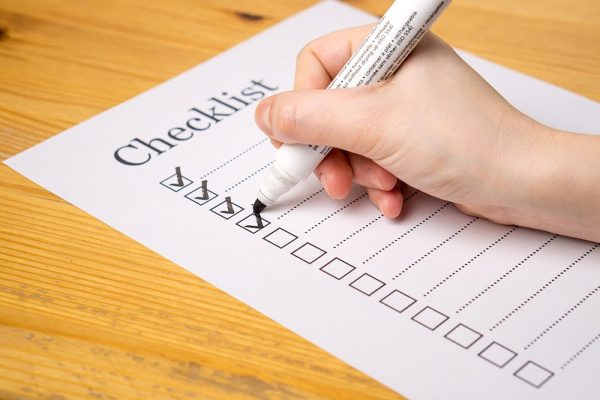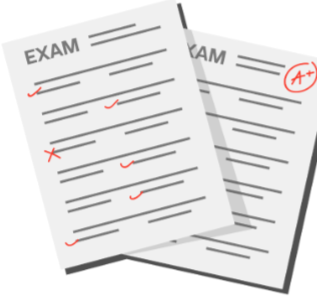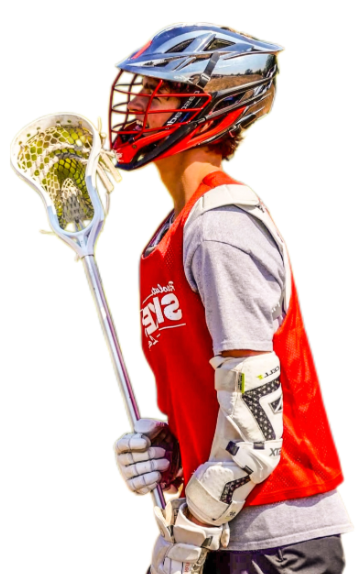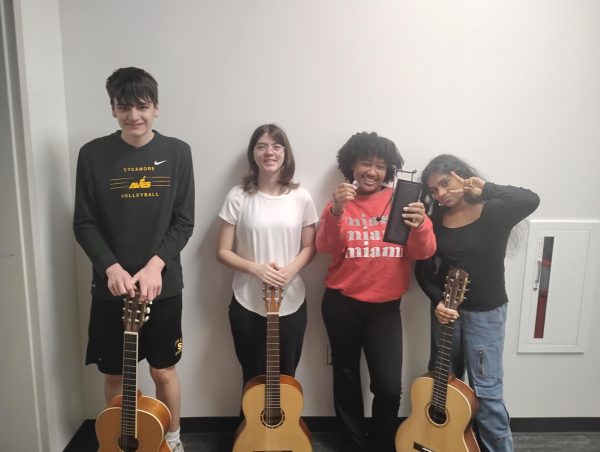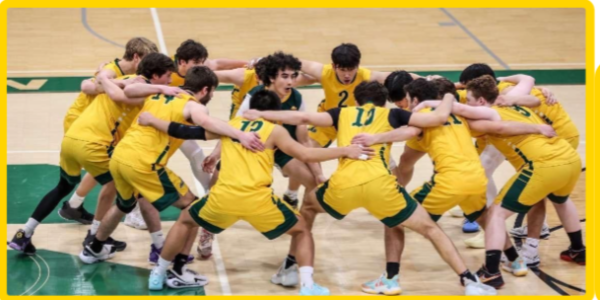TikTok remains inaccessible for deaf and hard of hearing users
Picture this: you get home from a long day of school, and pull out your phone. You sit on the couch and open TikTok, laughing as you scroll through the entertaining videos.
Now imagine doing all of this, but with the sound off. Would the experience be as enjoyable? How many of the videos would still make sense?
TikTok is a very fun, popular app, but this does not mean it is without its flaws. One issue that has gained attention recently is that the app is inaccessible for deaf and hard of hearing users. TikTok consists solely of videos that usually require sound to understand and enjoy, and oftentimes these videos do not have closed captions. TikTok does not have a built-in closed captioning feature, and for those who rely on captions to understand the videos, this results in challenges with using the app.
Mrs. Nicole Price, SHS American Sign Language (ASL) teacher said that while deaf culture has adapted to using TikTok in educational ways such as teaching ASL signs, “closed captioning is one of their biggest issues with [the app], because with the Americans with Disabilities Act of 1990, things are supposed to be closed captioned, and they’re often not.”
Recently, TikTok creators and users have begun to spread awareness about this accessibility issue, adding captions to their own videos and urging others to do the same. A range of captioning methods have popped up among creators, from using an outside captioning app to typing one’s own captions within Tik Tok’s text feature.
According to CNBC, TikTok had around 100 million monthly active users as of August, and at SHS alone, 60% of surveyed students use the app. Approximately 37.5 million American adults report some degree of trouble hearing, as per a 2012 survey by the National Center for Health Statistics. Evidently, the inaccessibility of apps like TikTok means a large portion of our population is left out.
“We should all welcome diversity…just because [those who are deaf or hard of hearing] can’t hear, it doesn’t mean that they don’t want to be a part of…what is being said,” Price said.
While the captioning initiative taken by individuals has helped with this problem, the question still remains: shouldn’t TikTok itself be responsible for promoting inclusivity and providing accessibility options on their app?
Individual creators should not have to be the people responsible for ensuring the accessibility of their videos to the deaf and hard of hearing community. As a hugely popular app worth billions, TikTok are the ones with this obligation, the ones who must recognize this problem and actively work to fix it. But so far, the app’s developers are not stepping up to the plate.
This issue is not new. Only last month, Instagram finally added the option to turn on auto-generated captions for IGTV videos. TikTok must follow suit and add a similar feature, in order to ensure that their app can be enjoyed by everyone. Price notes that while auto-generated captioning programs can be inaccurate from time to time, this feature is “better than having nothing at all.” She also recommended that companies reach out to the deaf community when developing a closed captioning feature in order to get their help and advice.
Until then, you can help by adding captions to any TikToks you post. The more individuals who recognize the need for accessibility and take this initiative, the more evident it will be that the app’s community values inclusivity. Hopefully, TikTok will take action in the near future and develop a platform everyone can enjoy.


